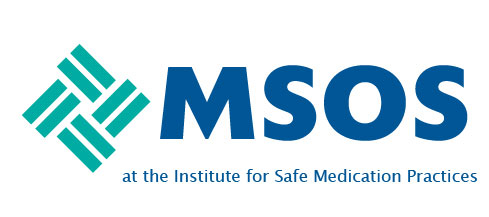Impact of hospitals LGBTQ+ inclusion efforts on patient satisfaction from 2016 to 2023: a retrospective longitudinal observational study
Given the emphasis on promoting inclusive policies, we investigated the relationship between US hospitals’ inclusion efforts for lesbian, gay, bisexual, transgender, queer or questioning, and other sexual and gender-diverse (LGBTQ+) populations and patient satisfaction from 2016 to 2023.
MethodsThis retrospective longitudinal observational study analysed 6 years of data between 2016 and 2023 from the Healthcare Equality Index (HEI), which measures hospitals’ LGBTQ+ inclusion efforts, and the Hospital Consumer Assessment of Healthcare Providers and Systems, which measures patient satisfaction. Generalised estimating equations (GEE) were used to obtain population-averaged estimates of the association between hospitals’ LGBTQ+ inclusion efforts—assessed by (1) their participation and (2) performance in the HEI (range: 0–100)—and patient satisfaction—measured by (1) patients’ hospital rating (range: 0–100) and (2) willingness to recommend the hospital (range: 0–100). We accounted for hospital characteristics, including medical teaching status, specialised service capability, hospital size, ownership, system membership, region and metropolitan location.
ResultsCompared with hospitals that never participated in the HEI, those that occasionally participated reported a 0.33-point higher patient rating (p=0.019, 95% CI 0.05, 0.60) and a 0.49-point higher patient recommendation score (p=0.011, 95% CI 0.11, 0.87). Those who always participated reported a 1.30-point higher rating (p<0.001, 95% CI 0.89, 1.70) and a 1.90-point higher recommendation score (p<0.001, 95% CI 1.36, 2.44). Among hospitals that participated in the HEI, a 10-point increase in the total HEI score was associated with a 0.10-point increase in patient ratings (p=0.031, 95% CI 0.01, 0.20) and a 0.15-point increase in patient recommendations (p=0.023, 95% CI 0.02, 0.28).
ConclusionHospitals engaging in LGBTQ+ inclusion efforts are associated with higher patient satisfaction.
